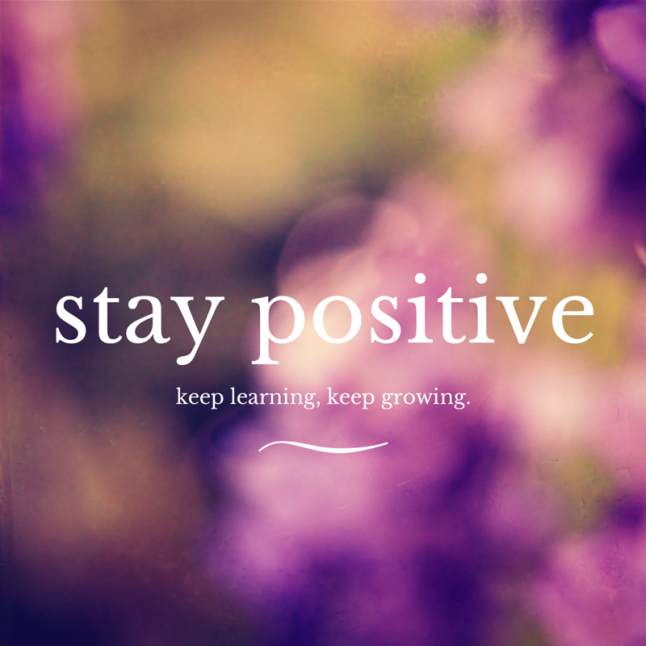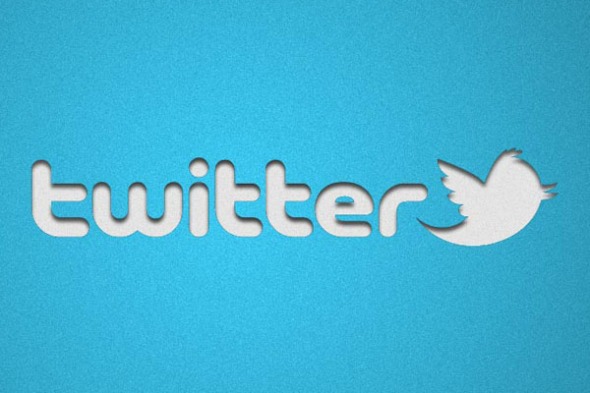Back to Basics #21: Thinking Outside the Social Media Box
/ While there are tried-and-true methods to growing your social media following and keeping your customers connected through social media, sometimes your efforts seem to stagnate. Maybe you hit a stride of nice growth, but then discovered that it plateaued. Or maybe you've been on a steady climb, and still see growth happening, but really want to push your social media presence to the next level. Whatever it is, you're ready to try something a bit bolder, a bit louder, and a bit more... well, scary. It's out of your comfort zone, but that doesn't mean that you have to avoid it. Let's talk a bit about what you can do to start thinking outside the social media box and really getting into your stride as a business owner and marketer!
While there are tried-and-true methods to growing your social media following and keeping your customers connected through social media, sometimes your efforts seem to stagnate. Maybe you hit a stride of nice growth, but then discovered that it plateaued. Or maybe you've been on a steady climb, and still see growth happening, but really want to push your social media presence to the next level. Whatever it is, you're ready to try something a bit bolder, a bit louder, and a bit more... well, scary. It's out of your comfort zone, but that doesn't mean that you have to avoid it. Let's talk a bit about what you can do to start thinking outside the social media box and really getting into your stride as a business owner and marketer!
Find A Few Friends.
No, we don't mean find a few friends like the ones you're already following back, or the ones who are related to you. (Even if your mom is always going to be your #1 fan... sorry, mom.)
What we mean is, find the big names in your industry and connect with them.
Take the time to do a little research around your type of company—who is active on social media? Is there a particularly interesting website or blog that you could start following? Whose name frequently gets brought up in the news? Once you've found these people, start paying attention to what they're doing. They're obviously a credible resource for a reason, and that's more than likely because they interact with fans, provide valuable content, and frequently update their blog and/or social media sites. You're probably trying to do all this already, but when you have a role model to emulate, things get that much easier.
Here are some more helpful tips to try once you've found a few new friends:
Do:
- Retweet/share/pin their articles.
- Leave a friendly compliment or start a helpful discussion on their blog posts.
- Ask them for their opinion on something in your niche.
Don't:
- Engage with controversial topics with them.
- Subtweet (that is, tweeting about someone else without actually tagging them) snarky comments or get upset if they don't respond to you.
- Blast anyone publicly if they don't agree with you.
Advertise less.
We know what you're thinking: “Isn't the point of social media to help me with marketing and advertising? Why would I want to advertise less?”
Well, because without even being aware of it, you might actually be driving away people with constant self-promotion.
Basically, social media has its own set of etiquette and rules—in fact, each platform tends to have different etiquette standards and rules for connecting with fans. For instance, on Twitter, it's acceptable to post many times in a day—it's fast paced and the information is kept brief, as well as generally unobtrusive. Facebook, on the other hand, tends to show big posts with pictures and videos, and to see a stream of media from the same person or company is aggravating to many users. But if there's one thing all platforms have in common, it's this:
It's a big no-no to constantly advertise your own services.
To keep people from getting irked with your updates, you should always follow the 80/20 rule: Post 80% other content—like industry news, other followers' posts, etc.--and 20% your own content.
Here are some helpful ways you can implement this idea:
- Don't make your advertising posts hard pitches; i.e., “Click here to buy dog food now!” Instead, keep it light and craft an interesting title to entice click-throughs: “The #1 best thing you can feed your dog: It's cheaper than you think.”
- Link back to older blog articles. If you have a content marketing schedule, go ahead and tie that in with Twitter, Facebook, and whichever other sites you use. You worked hard on your old posts—so be sure to link them again! This doesn't make it seem like you're “selling” anything, but you're still directing traffic back to your site.
Show off your reviews.
We've talked before about how important reviews are for ranking. But reviews aren't only important for this reason—they're also a leading influence on how customers perceive your business, as well as how customers choose which business to support. According to a 2013 survey from Bright Local, 73% of consumers say positive customer reviews make them trust a business more. [Edit: Here is the updated 2014 survey!] That's no small number—so it makes sense that you should promote the ones you have!
This should fall under the same guidelines of self-promotion, however. Constantly linking your reviews comes off as spammy and self-absorbed. When you're on social media, you want to present an honest picture of who you are and what your business is about. Occasionally linking a new review and thanking the customer for their time is a good practice to get into—and it's not going to make you look bad.
Try these helpful tips the next time you link your reviews:
- Try tools to help send out links to reviews. Forbes has some great suggestions for you to consider here. If a customer leaves feedback, make sure to thank them if you can. It's polite and encourages others to leave reviews as well.
- Place a few testimonials on your site. If you can, take them directly from the source and link back. Testimonials without links seem fake to many visitors—so take that worry off their minds by citing your sources (just like you did in those pesky term papers!).
- Publicly respond to any bad reviews you receive (unless they are abusive; then it's best to just report or ignore them). By doing this, you show that you care about your customers' experiences and are willing to listen to their complaints and concerns.
And finally...
Whether you own a small home-based business or run a local chain of businesses, it's in your best interest to keep a positive attitude. It can get discouraging to to run your own social media sites, and we get that. In fact, we wrote an article about how to handle these feelings of discouragement! But when everything stacks against you and it seems like nothing you're doing is working, remind yourself that this all takes time. Brainstorm ways you can get your voice heard. Talk to friends, family, customers, and other business owners to see what they recommend. Be willing to learn from mistakes and go that extra mile. In the end, you will make progress if you keep trying, and keep an open mind while at it.
Got any other suggestions? Leave them in the comments!












